Home>Furniture>Living Room Furniture>How To Choose A Coffee Table
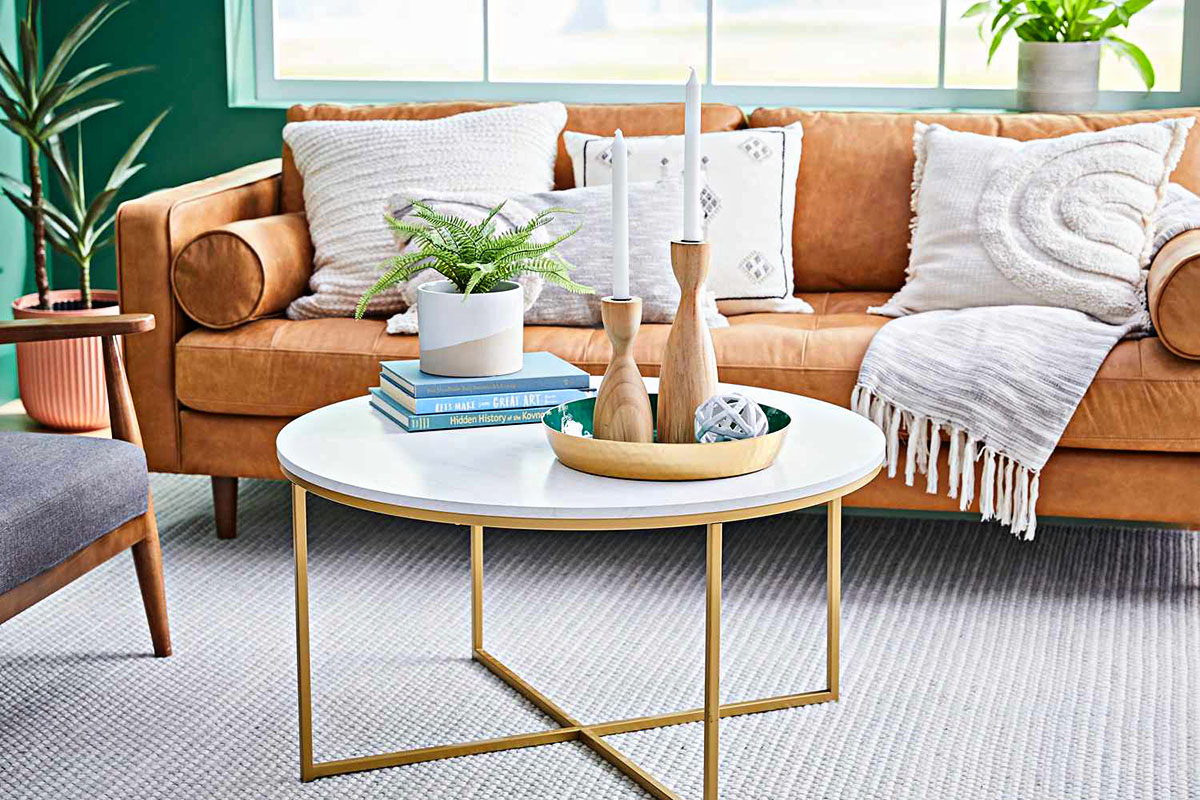

Living Room Furniture
How To Choose A Coffee Table
Modified: October 20, 2024
Looking for the perfect coffee table for your living room? Discover expert tips and advice on choosing the ideal living room furniture, including coffee tables, to complete your space.
(Many of the links in this article redirect to a specific reviewed product. Your purchase of these products through affiliate links helps to generate commission for Storables.com, at no extra cost. Learn more)
Introduction
Choosing the right coffee table for your living room can be an exciting yet challenging task. A coffee table is not just a functional piece of furniture; it also plays a significant role in enhancing the overall aesthetics of your living space. With so many options available in the market, it’s essential to consider various factors to ensure that you make the right choice.
In this article, we will provide you with a comprehensive guide on how to choose a coffee table that perfectly suits your living room. From considering the size and shape to evaluating the durability and assessing the price range, we will cover all the essential aspects of selecting the ideal coffee table.
So let’s dive in and explore the key factors to keep in mind when choosing a coffee table!
Key Takeaways:
- Choose a coffee table that fits your living room by considering size, shape, material, and style. Balance functionality and aesthetics for a harmonious space.
- Assess the durability, maintenance, and price range to find a coffee table that suits your lifestyle and budget. Prioritize quality and functionality for long-term satisfaction.
Read more: How To Choose Dinnerware
Consider the Size
When selecting a coffee table, one of the most critical factors to consider is the size. You want to ensure that the coffee table not only fits comfortably in your living room but also complements the existing furniture. Here are a few considerations to keep in mind:
- Proportions: The coffee table should be proportionate to the size of your sofa or seating area. A general rule of thumb is to choose a coffee table that is about two-thirds the length of your sofa. This helps maintain a balanced look and allows for easy movement around the furniture.
- Clearance: It’s important to leave enough room for people to walk around the coffee table without feeling cramped. Make sure there is at least 12-18 inches of space between the edges of the coffee table and the surrounding furniture or walls.
- Functionality: Consider how you plan to use the coffee table. If you frequently entertain guests or have a large family, you may need a larger coffee table that can accommodate drinks, trays, and other items. On the other hand, if you have a small living room or prefer a minimalist look, a smaller coffee table may be more suitable.
- Consider the height: The height of the coffee table should ideally be equal to or slightly lower than the seat height of your sofa. This ensures ease of use and allows for a comfortable reach when placing drinks or items on the table.
- Graphical representation: Here’s an example to help you visualize the appropriate size: If your sofa is 84 inches long, a coffee table that is around 56 inches long would be ideal. This provides enough surface area for functionality without overwhelming the space.
By considering these size factors, you can ensure that your coffee table fits seamlessly into your living room, creating a harmonious and visually appealing space.
Determine the Shape
When choosing a coffee table, the shape is another important consideration that can greatly impact the overall look and feel of your living room. Here are a few popular coffee table shapes to consider:
- Rectangular: Rectangular coffee tables are the most common and versatile choice. They work well with most sofa shapes and provide ample surface area for placing items.
- Square: Square coffee tables are a great option if you have a larger seating area or if you prefer a more symmetrical and balanced look. They can also work well in small living rooms by providing a compact and functional centerpiece.
- Round: Round coffee tables are an excellent choice if you have a smaller space or if you want to create a more intimate and cozy seating arrangement. They are also a good option if you have children, as they don’t have sharp corners.
- Oval: Oval coffee tables offer a unique and elegant shape that can add a touch of sophistication to your living room. They work well with curved sofas or as a statement piece in a more traditional or contemporary setting.
- Unique Shapes: If you want to make a statement and add a bit of whimsy to your living room, consider coffee tables with unique shapes, such as abstract designs or irregular forms. These can serve as conversation starters and add a touch of personality to your space.
When deciding on the shape of your coffee table, consider the overall style and layout of your living room. Look for a shape that complements the existing furniture and enhances the flow of the space. Remember, the shape of the coffee table can influence the visual balance, functionality, and overall aesthetic appeal of your living room.
Choose the Right Material
The material of your coffee table not only affects its appearance but also its durability and maintenance requirements. Here are some common materials used for coffee table construction:
- Wood: Wood is a classic and timeless choice for coffee tables. It offers warmth, durability, and a natural appeal. Different types of wood, such as oak, pine, walnut, or mahogany, can create various looks, from rustic to contemporary. However, wood may require periodic maintenance, such as polishing or refinishing, to keep it looking its best.
- Glass: Glass coffee tables can add a modern and sleek touch to your living room. They have a light and airy feel, making them suitable for smaller spaces. Glass tables are easy to clean and maintain, but they may be more prone to scratches and fingerprints. Additionally, keep in mind that tempered glass is safer and more resistant to breakage.
- Metal: Metal coffee tables, such as those made from stainless steel or iron, offer a contemporary and industrial look. They are sturdy, durable, and easy to clean. Metal tables can be paired with different tabletop materials, such as glass or wood, for a unique and stylish combination.
- Composite Materials: Coffee tables made from composite materials, such as MDF (medium-density fiberboard) or laminate, are affordable and easy to maintain. They come in a variety of finishes, including wood-like textures, and can be a budget-friendly option if you are looking for style without the high price tag.
- Natural Materials: For a unique and eco-friendly option, consider coffee tables made from natural materials like bamboo, rattan, or seagrass. These materials add a natural and organic element to your living room and can create a relaxed and tropical ambiance.
When choosing the material for your coffee table, consider the overall style of your living room, your desired maintenance level, and the practicality based on your lifestyle. Taking these factors into account will help you select a coffee table material that not only complements your space but also meets your functional and aesthetic needs.
Consider the Style
The style of your coffee table is a crucial factor in creating a cohesive and harmonious living room design. It should complement the existing furniture and reflect your personal taste. Here are some popular coffee table styles to consider:
- Traditional: If you have a classic or formal living room, a traditional coffee table may be the best choice. Look for tables with ornate details, elegant curves, and rich finishes like mahogany or cherry wood.
- Modern: For a sleek and minimalist look, opt for a modern coffee table. These tables typically feature clean lines, simple shapes, and a combination of materials like glass, metal, or lacquered wood.
- Industrial: Industrial-style coffee tables are perfect for adding a rustic and edgy vibe to your living room. Look for tables made from reclaimed wood, metal frames, and rugged finishes like distressed or weathered surfaces.
- Mid-Century: Mid-century modern coffee tables have gained popularity for their retro charm and timeless appeal. These tables often feature tapered legs, organic shapes, and a mix of materials like wood and glass.
- Transitional: If you like a blend of classic and contemporary styles, a transitional coffee table might be the right choice. These tables combine traditional and modern elements, allowing for versatility and easy integration into various living room designs.
When selecting the style of your coffee table, consider the existing furniture, decor, and overall theme of your living room. Aim for a cohesive look that ties all the elements together seamlessly. Don’t be afraid to mix and match styles if it suits your taste, as this can create an eclectic and visually interesting space.
Ultimately, by choosing a coffee table style that complements your living room, you can enhance the overall aesthetic and create a space that reflects your unique personality and sense of style.
Read more: How To Choose A Dining Table
Assess the Functionality
Aside from being a decorative piece, a coffee table also serves a practical purpose in your living room. Before making a decision, consider how you will use the coffee table and what functionality you need. Here are some factors to assess:
- Storage: If you need extra storage space, consider coffee tables with built-in drawers, shelves, or compartments. These can be handy for storing books, magazines, remote controls, or other items you want to keep within easy reach but out of sight.
- Convertible: Convertible coffee tables offer versatility by transforming into a different configuration. Some models can extend to create a larger surface area for entertaining or convert into a dining table for casual meals. This can be a great solution for small living spaces or if you often host gatherings.
- Additional Surfaces: Think about whether you need extra surfaces on your coffee table. Some tables come with removable trays or nested tables that can be pulled out when needed. These provide additional space for serving drinks or snacks or can be used as side tables for added functionality.
- Mobility: Consider if you need a coffee table that can be easily moved around. This can be beneficial if you like to rearrange your furniture frequently or if you need a flexible setup for different activities like playing games or working from home. Look for tables with wheels or lightweight designs for easy maneuverability.
- Kid-Friendly: If you have children or pets, you may want to choose a coffee table with rounded edges or cushioned corners to ensure their safety. Look for materials that are durable and easy to clean to withstand any spills or accidents.
By assessing the functionality that you require from your coffee table, you can make a choice that meets your specific needs and enhances the practicality of your living room. Don’t forget to also consider the layout and size of your living space to ensure that the coffee table fits well without obstructing the flow of movement.
When choosing a coffee table, consider the size and shape of your living room, the height of the table in relation to your seating, and the material and style that best complements your existing furniture.
Determine the Height
The height of your coffee table is an important consideration to ensure it is both visually appealing and functional. Here are some factors to keep in mind when determining the height of your coffee table:
- Match the Seating: The height of your coffee table should be proportional to the height of your seating. Aim for a table that is about the same height or slightly lower than the seat cushions of your sofa or chairs. This ensures ease of use and creates a visually pleasing arrangement.
- Ease of Use: Consider how you plan to use the coffee table. If you often enjoy meals or work on your laptop in the living room, a slightly higher table may be more comfortable. On the other hand, if you primarily use it for placing drinks or decorative items, a lower table is suitable.
- Visual Harmony: Your coffee table should be in harmony with the surrounding furniture. If you have low-profile seating or sofas with deep seats, you can opt for a lower coffee table to maintain balance. Conversely, if you have taller furniture, a higher table can create a more cohesive look.
- Maintain Balance: Consider the proportion between the height of the coffee table and the overall scale of the room. A table that is too tall or too short can disrupt the visual balance and make the space feel awkward. Take precise measurements to ensure the coffee table aligns well with the overall dimensions of the room.
- Graphical representation: For example, if your sofa seat height is 18 inches, a coffee table height of 16-18 inches would be ideal. This allows for a comfortable reach and creates a visually harmonious arrangement.
Remember that the height of your coffee table affects both the functionality and aesthetics of your living room. Take the time to measure and consider how it will fit with your seating arrangement and the overall design of the space. Doing so will ensure a comfortable and visually appealing living room setup.
Consider the Storage Options
Storage is an essential feature to consider when choosing a coffee table, as it can help keep your living room organized and free from clutter. Here are some storage options to consider:
- Shelves: Coffee tables with open shelves provide convenient storage for books, magazines, and other items you want to keep easily accessible. This option allows you to display decorative pieces or store frequently used items while keeping the tabletop free.
- Drawers: Coffee tables with drawers offer concealed storage, keeping items neatly tucked away and out of sight. This is an excellent choice if you have smaller items like remote controls, coasters, or other essentials that you want to hide away but still have within reach.
- Lift-top: Lift-top coffee tables are a fantastic option if you need extra storage space. These tables feature a hinged top that can be raised to reveal a hidden storage compartment underneath. They are ideal for storing blankets, pillows, board games, or anything else you want to keep out of sight when not in use.
- Ottomans or Poufs: Another storage option is to use an ottoman or pouf as a coffee table. Many ottomans have a removable top that reveals a storage compartment inside. This is a versatile choice that allows you to use the ottoman for both seating and storage purposes.
- Hidden Storage: Some coffee tables feature hidden compartments or sliding panels that provide additional storage space. These sleek and modern designs can be a great choice for those who prefer a minimalist aesthetic without sacrificing functionality.
Consider your storage needs and how you plan to use the coffee table. If you have a small living room or limited storage space, opting for a coffee table with built-in storage can be a practical solution. It helps to keep your living room tidy and organized while maximizing the functionality of your furniture.
Evaluate the Durability
When selecting a coffee table, it’s important to consider its durability to ensure that it can withstand everyday use and last for years to come. Here are some factors to evaluate when determining the durability of a coffee table:
- Material: The material of the coffee table plays a significant role in its durability. Solid wood, metal, and composite materials are generally sturdy and resistant to wear and tear. It’s essential to choose a material that is not easily susceptible to scratches, dents, or water damage.
- Construction: Look for coffee tables with solid construction and sturdy joints. Pay attention to the quality of the craftsmanship, such as well-aligned legs and even seams. Avoid tables with flimsy or weak materials that may break or warp over time.
- Weight: A heavier coffee table typically indicates better stability and durability. However, it’s important to find a balance and consider the weight in relation to the overall design of your living room. Ensure that the table is sturdy enough to hold items without wobbling or tipping over.
- Finish: The finish or coating on the coffee table contributes to its durability. Look for tables with durable and scratch-resistant finishes that can withstand daily use. Some finishes, like lacquer or polyurethane, provide extra protection against spills and stains, making them easier to clean and maintain.
- User Reviews: It’s always a good idea to read user reviews or testimonials about the coffee table you are considering. This can provide valuable insights into its durability and longevity. Look for feedback on the materials, construction, and overall satisfaction of previous buyers.
Consider the level of durability that is suitable for your needs and lifestyle. If you have young children or pets, you may want to opt for a table that is less prone to damage and easy to clean. Investing in a durable coffee table ensures that it can withstand regular use and remain a functional and beautiful piece in your living room for years to come.
Read more: How To Protect A Coffee Table
Consider the Maintenance
When choosing a coffee table, it’s essential to consider the maintenance requirements to ensure that it fits seamlessly into your lifestyle. Here are some factors to consider regarding maintenance:
- Cleaning: Consider how easy or difficult it is to clean the coffee table. Some materials, such as glass or metal, are generally easier to wipe clean compared to wood, which may require specific cleaning products or regular polishing. Determine the level of maintenance you are comfortable with and choose a coffee table accordingly.
- Finishes: Different finishes may require different levels of maintenance. For example, high-gloss finishes may show fingerprints or smudges more easily, while matte or textured finishes may be more forgiving. Consider how the finish will hold up to your everyday use and cleaning routine.
- Protection: Think about how you can protect the coffee table from damage or wear. Using coasters or trays for drinks and placing felt pads under objects can minimize the risk of scratches and marks. Ask about recommended care methods for the specific material and finish of the coffee table.
- Outdoor Use: If you plan to use the coffee table in an outdoor or semi-outdoor space, it’s crucial to choose a material that can withstand the elements. Look for tables made from weather-resistant materials or those specifically designed for outdoor use.
- Follow Manufacturer’s Guidelines: It’s always recommended to follow the manufacturer’s guidelines for maintenance and care. This ensures that you are using the appropriate cleaning methods and products without causing any damage to the coffee table.
Consider your lifestyle and the amount of time and effort you are willing to invest in maintaining the coffee table. If you have a busy household or prefer low-maintenance furniture, opt for materials and finishes that are easy to clean and require minimal upkeep.
By considering the maintenance aspect of the coffee table, you can choose a piece that not only adds beauty and functionality to your living room but also aligns with your maintenance preferences and routines.
Assess the Price Range
While choosing a coffee table, it’s important to consider your budget and assess the price range to find a table that fits within your financial constraints. Here are some factors to consider when assessing the price range:
- Quality: Higher-quality materials and craftsmanship often come with a higher price tag. Consider the durability and longevity of the coffee table when assessing the price. Investing in a well-made table may result in a longer lifespan and better value for your money in the long run.
- Brand: Well-known brands may command higher prices due to their reputation for quality and design. However, there are also many reputable smaller brands and independent artisans that offer high-quality coffee tables at more affordable prices. Don’t overlook these options when considering your budget.
- Size and Features: Larger coffee tables or those with additional features like storage compartments or convertible tops may be priced higher compared to smaller, more basic models. Assess the features and size that are essential for you to find the right balance between functionality and cost.
- Material Selection: The material of the coffee table can greatly influence its price. Solid wood, high-quality glass, and metal are often more expensive than composite materials or cheaper alternatives. Consider your preferred material and weigh it against your budget to find the right balance.
- Shopping Around: Don’t be afraid to shop around and compare prices from different retailers or online platforms. You may find discounts, sales, or promotions that can help you stay within your desired price range. Additionally, consider purchasing during seasonal sales or clearance periods to potentially find great deals.
Assessing the price range allows you to set a realistic budget for your coffee table purchase. Remember to prioritize quality and functionality over just the price alone, as investing in a well-made coffee table that fits your needs will ultimately provide long-term value and satisfaction.
Final Thoughts
Choosing the perfect coffee table for your living room is a decision that requires careful consideration. By taking into account factors such as size, shape, material, style, functionality, height, storage options, durability, maintenance, price range, and budget, you can find a coffee table that not only complements your living room decor but also meets your specific needs and preferences.
Remember to strike a balance between style and functionality, ensuring that the coffee table not only enhances the aesthetic appeal of your space but also serves its practical purposes. Proportional sizing, appropriate height, and suitable storage options contribute to a harmonious and organized living room setup.
Consider the materials and finishes that align with your maintenance preferences and lifestyle. Assess the durability of the coffee table to ensure that it withstands regular use and remains a long-lasting piece in your home. Evaluate the price range and determine a budget that works for you, taking into account the quality, features, and size of the coffee table that suits your needs.
Lastly, trust your instincts and choose a coffee table that resonates with your personal style and brings you joy. Remember that your coffee table is not just a piece of furniture; it is a reflection of your taste and personality.
We hope this comprehensive guide has provided you with valuable insights and guidance in choosing the perfect coffee table for your living room. Now, go ahead and explore the options available, keeping these considerations in mind, and find the coffee table that will become the centerpiece of your living space.
Frequently Asked Questions about How To Choose A Coffee Table
Was this page helpful?
At Storables.com, we guarantee accurate and reliable information. Our content, validated by Expert Board Contributors, is crafted following stringent Editorial Policies. We're committed to providing you with well-researched, expert-backed insights for all your informational needs.
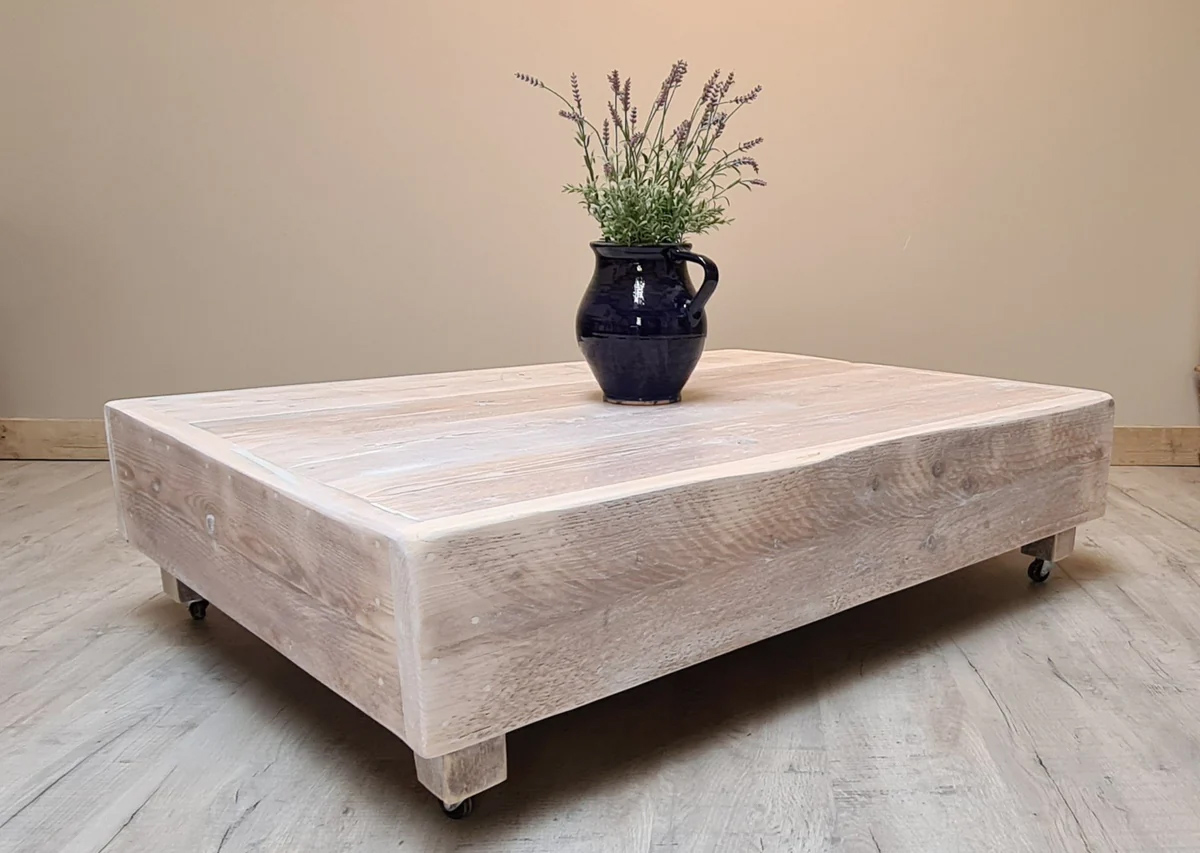
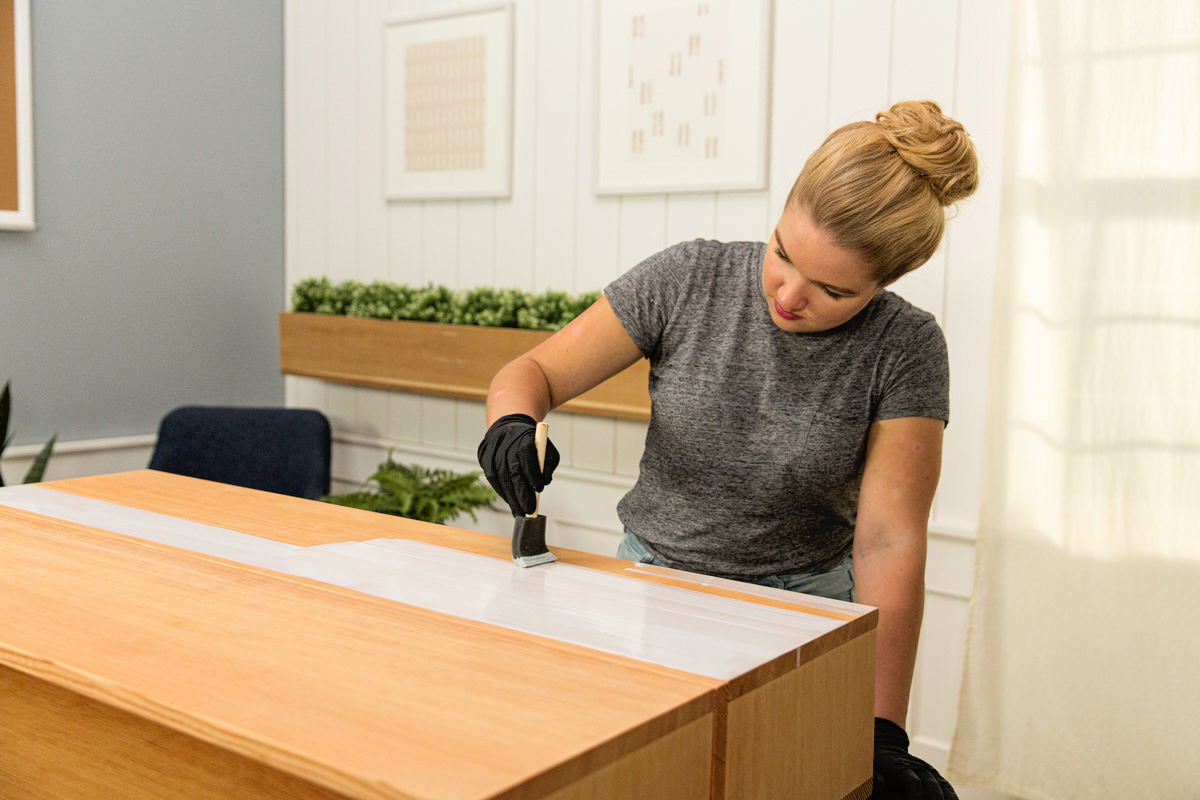
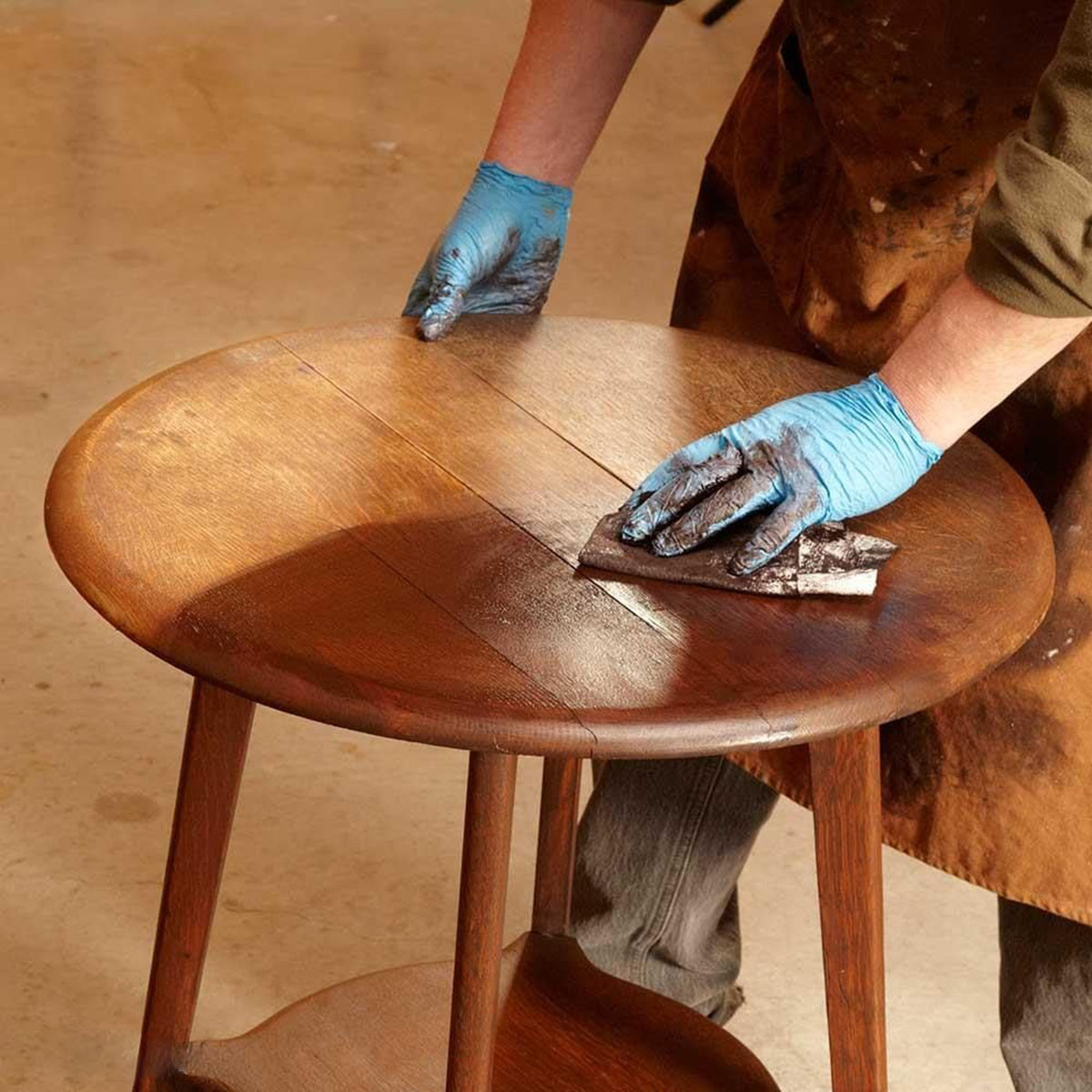
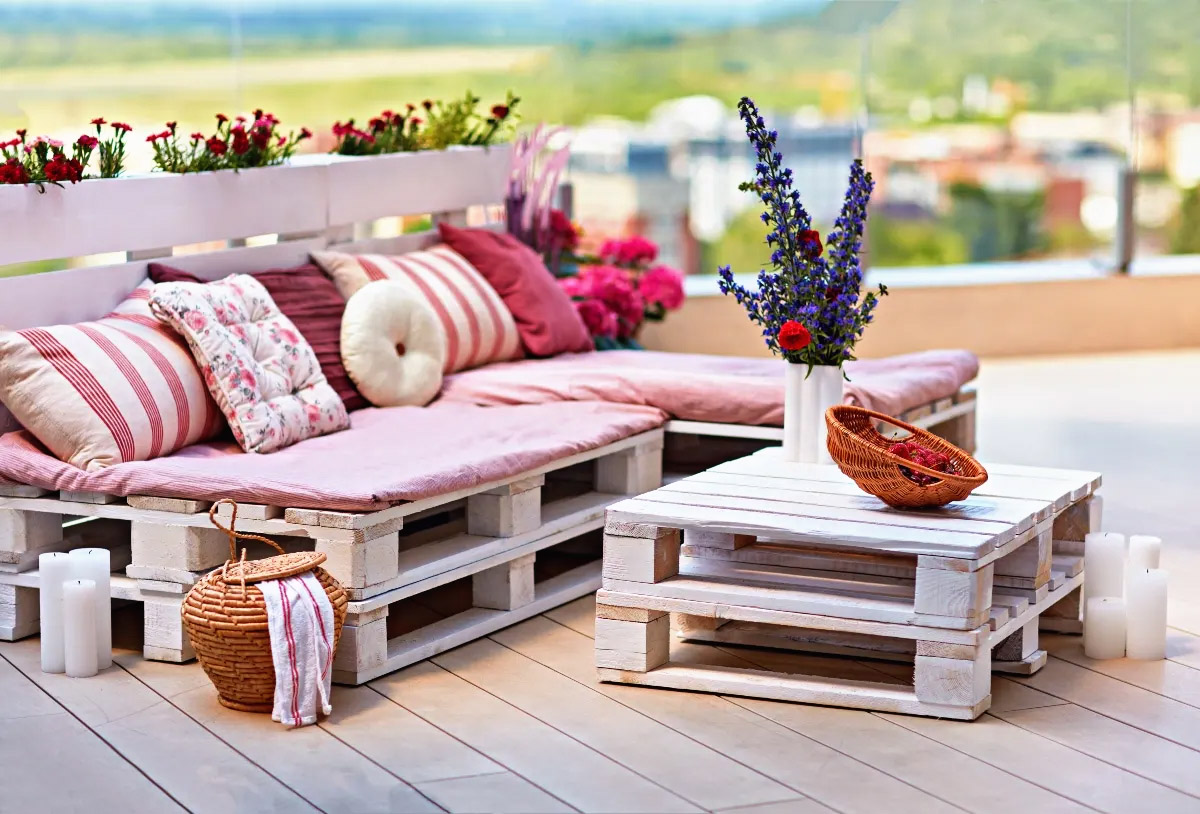
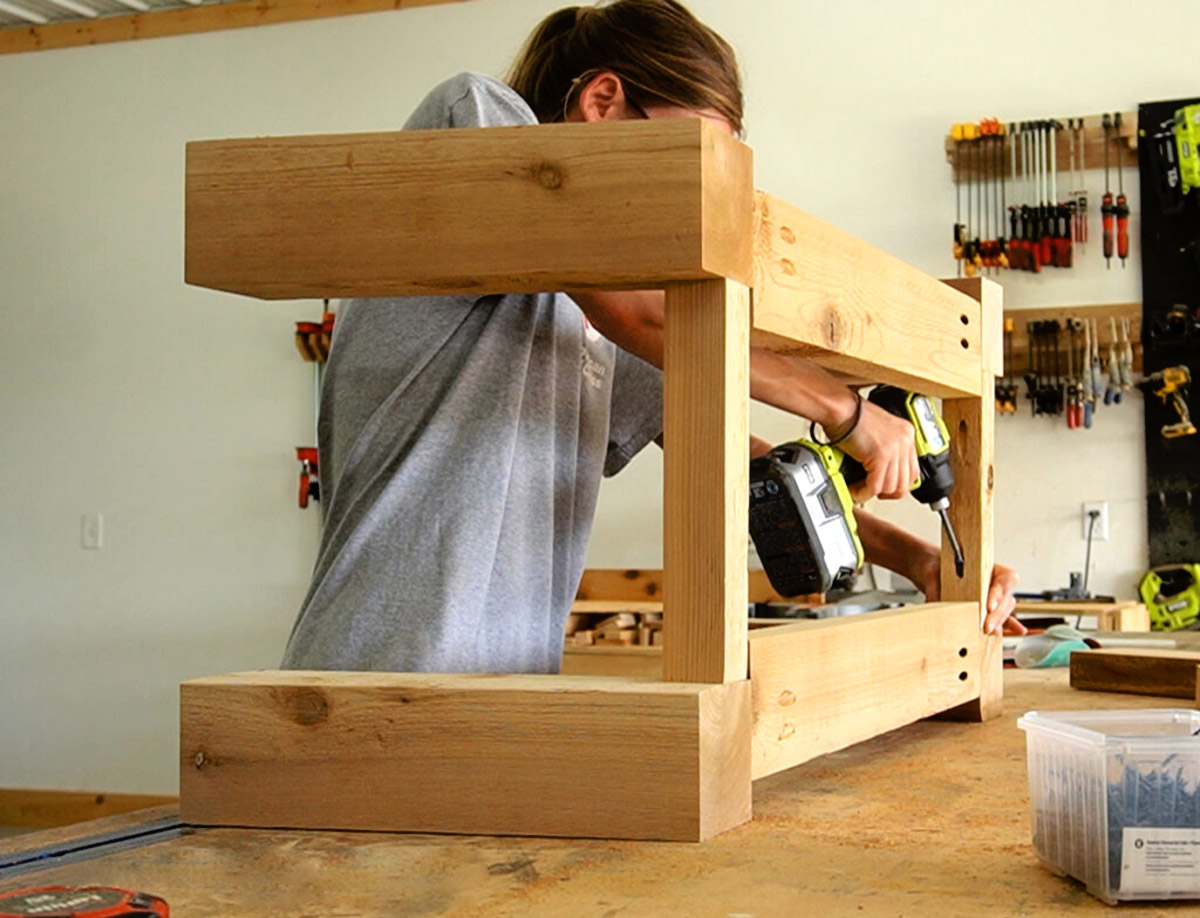
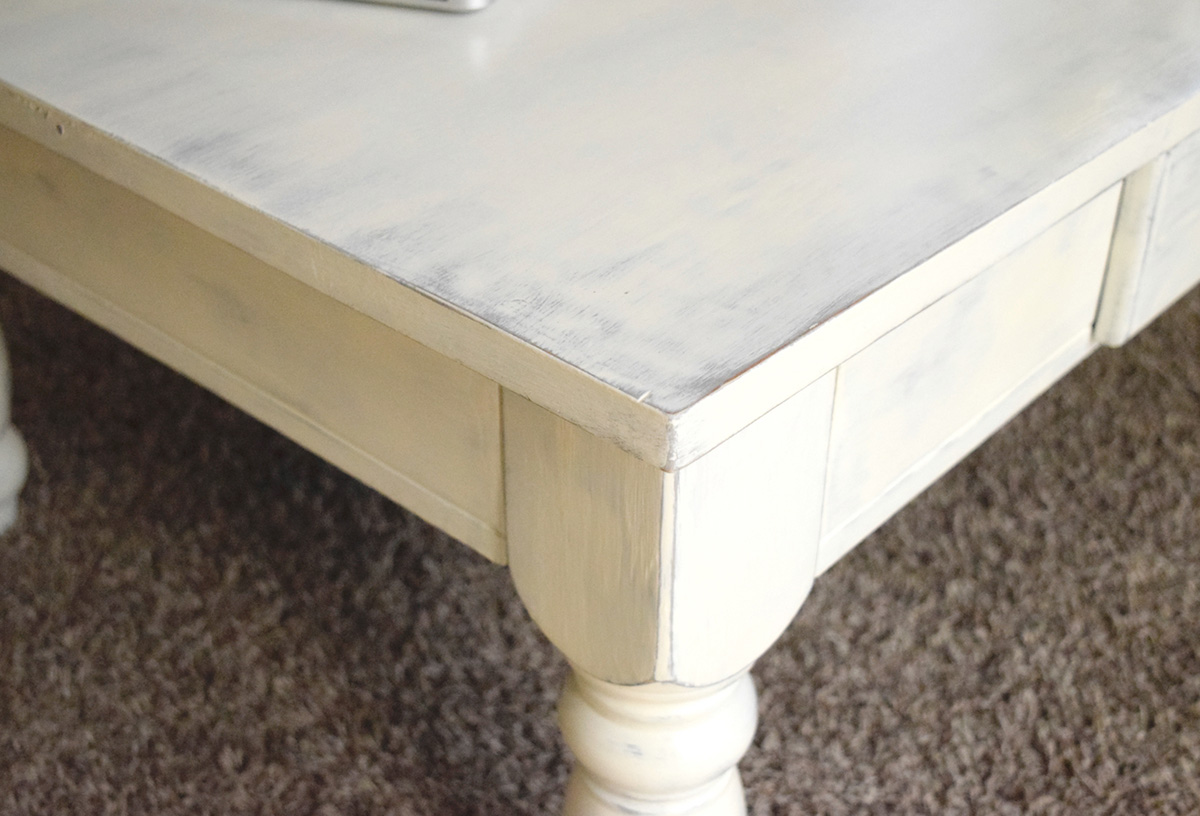
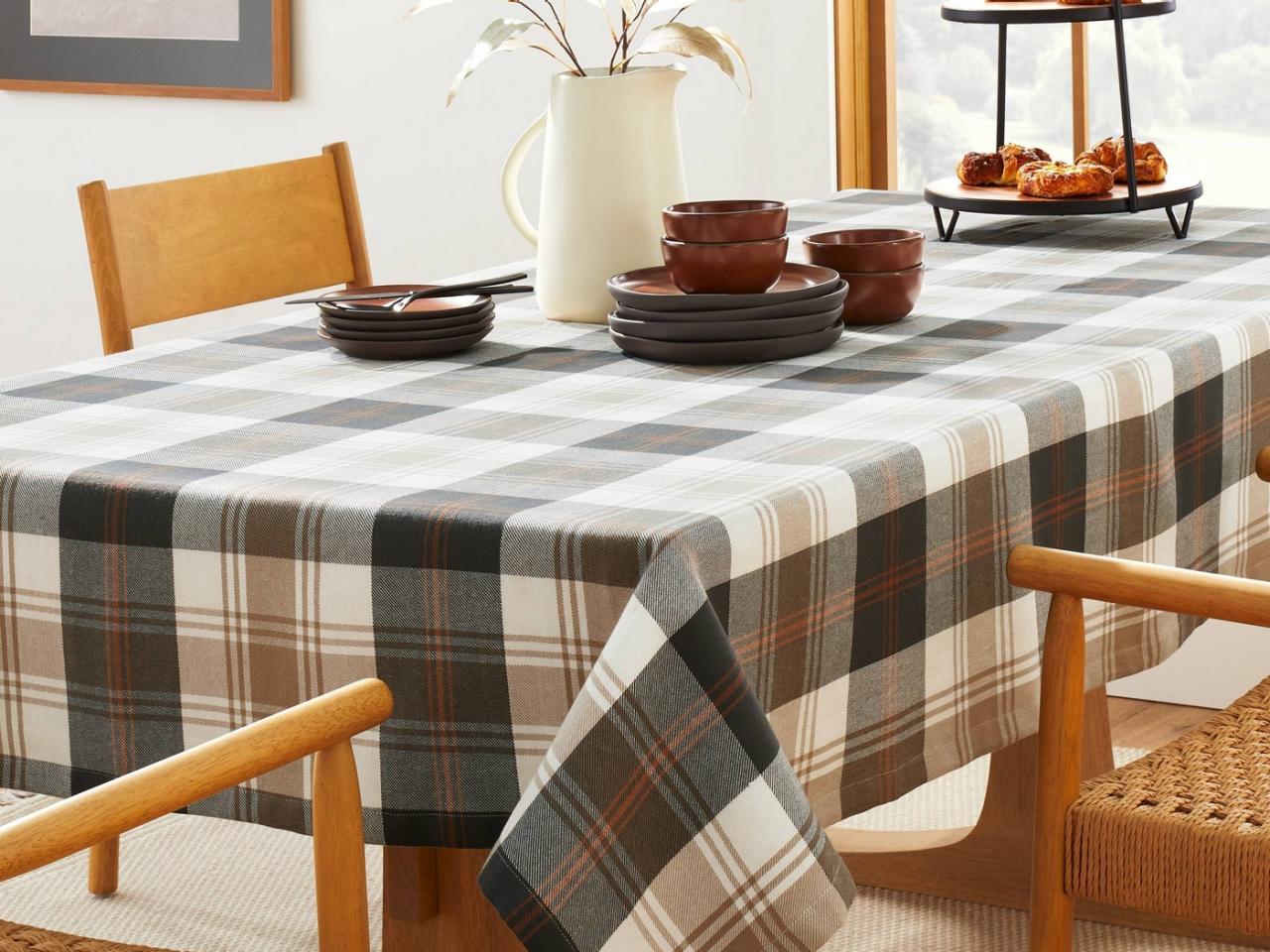
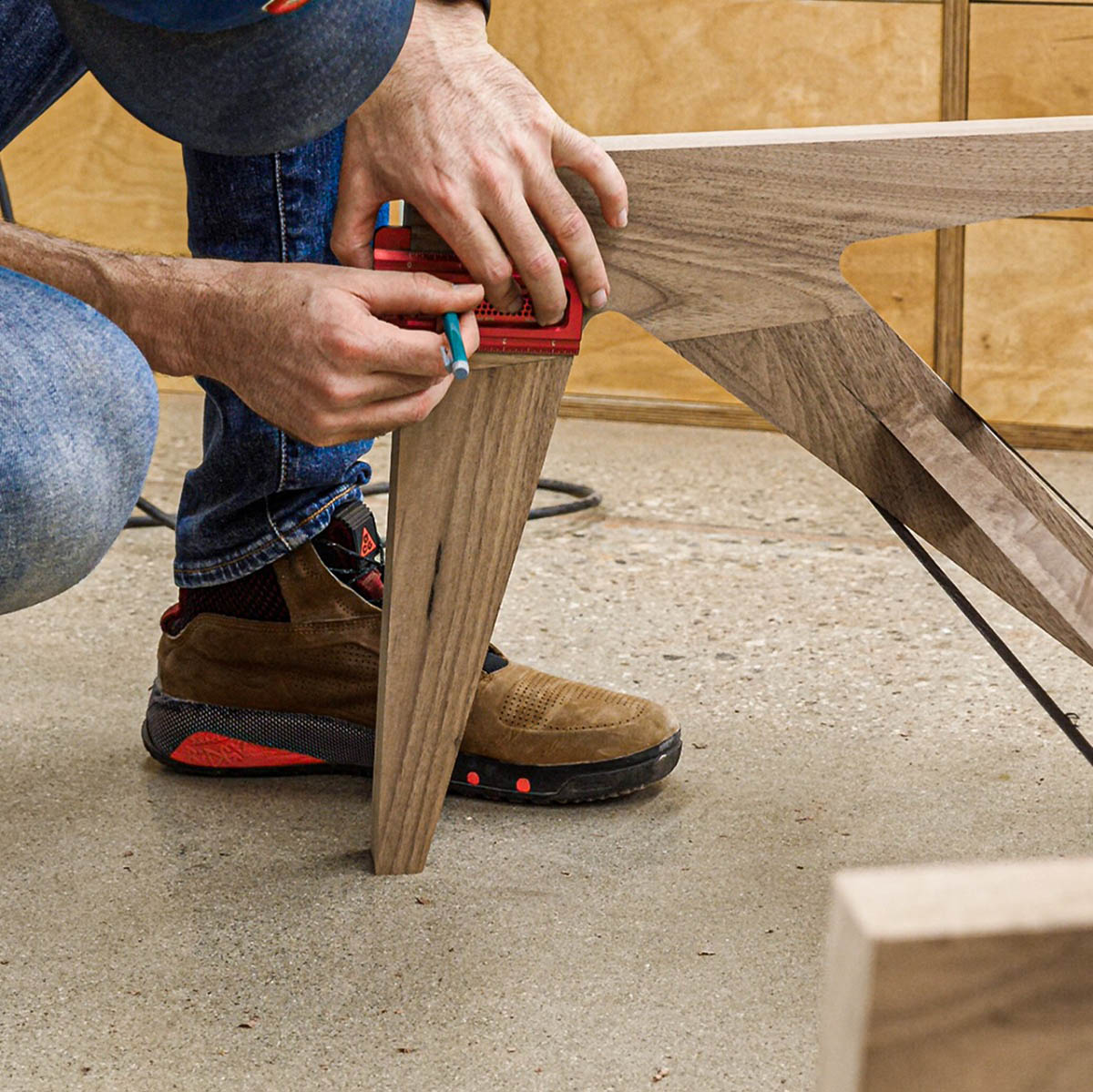
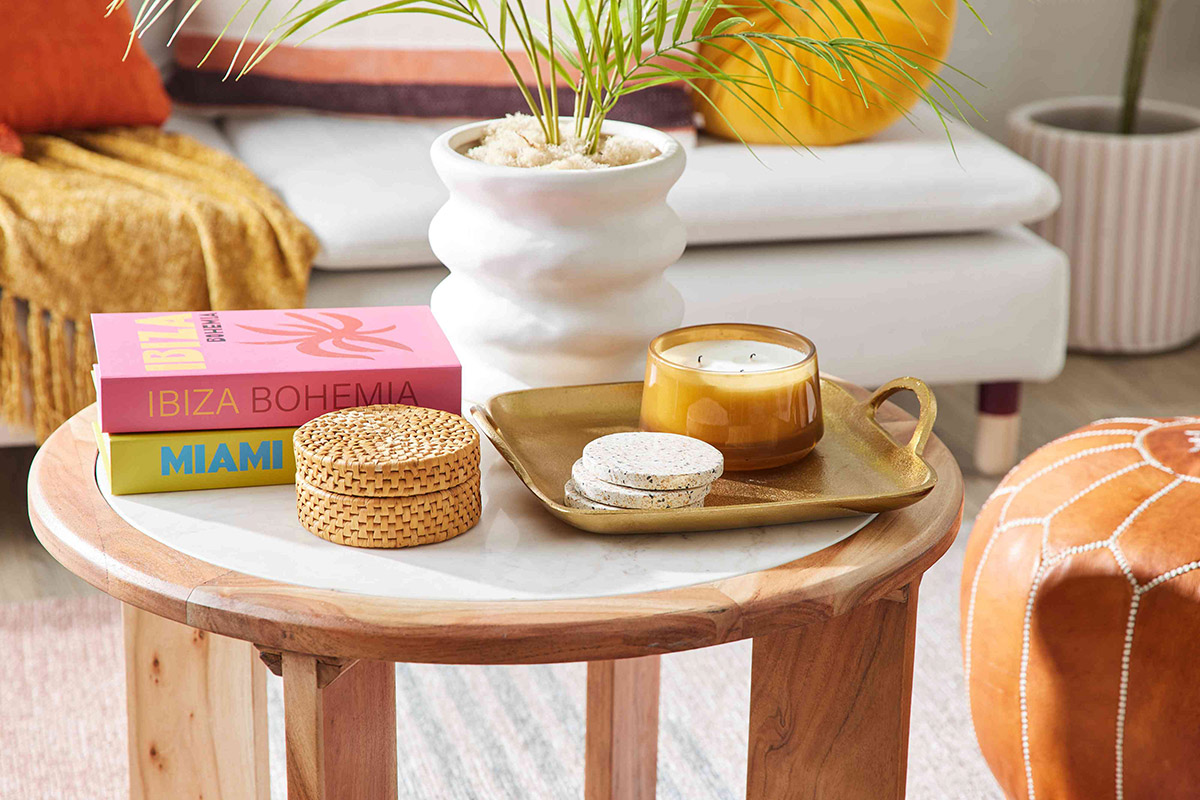
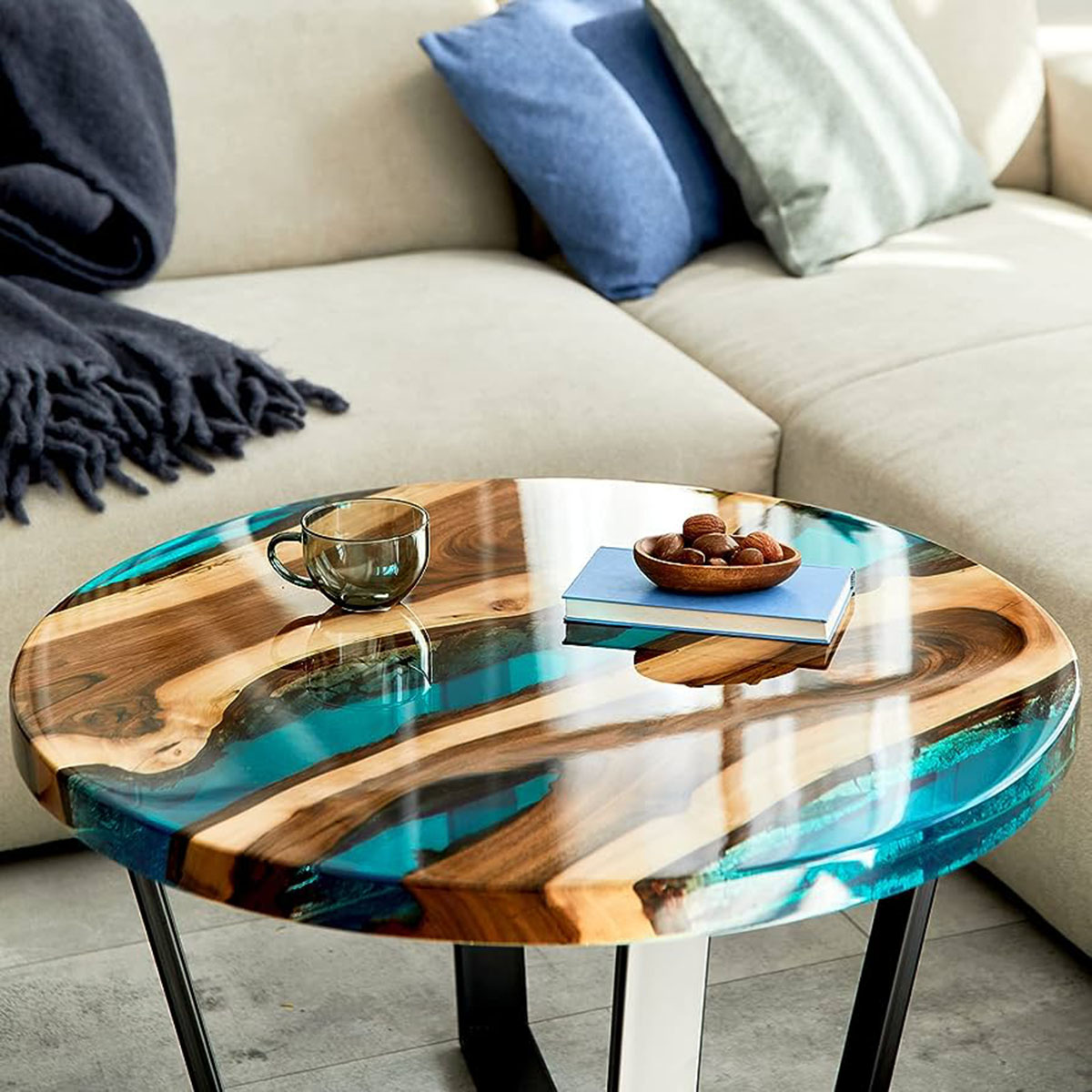
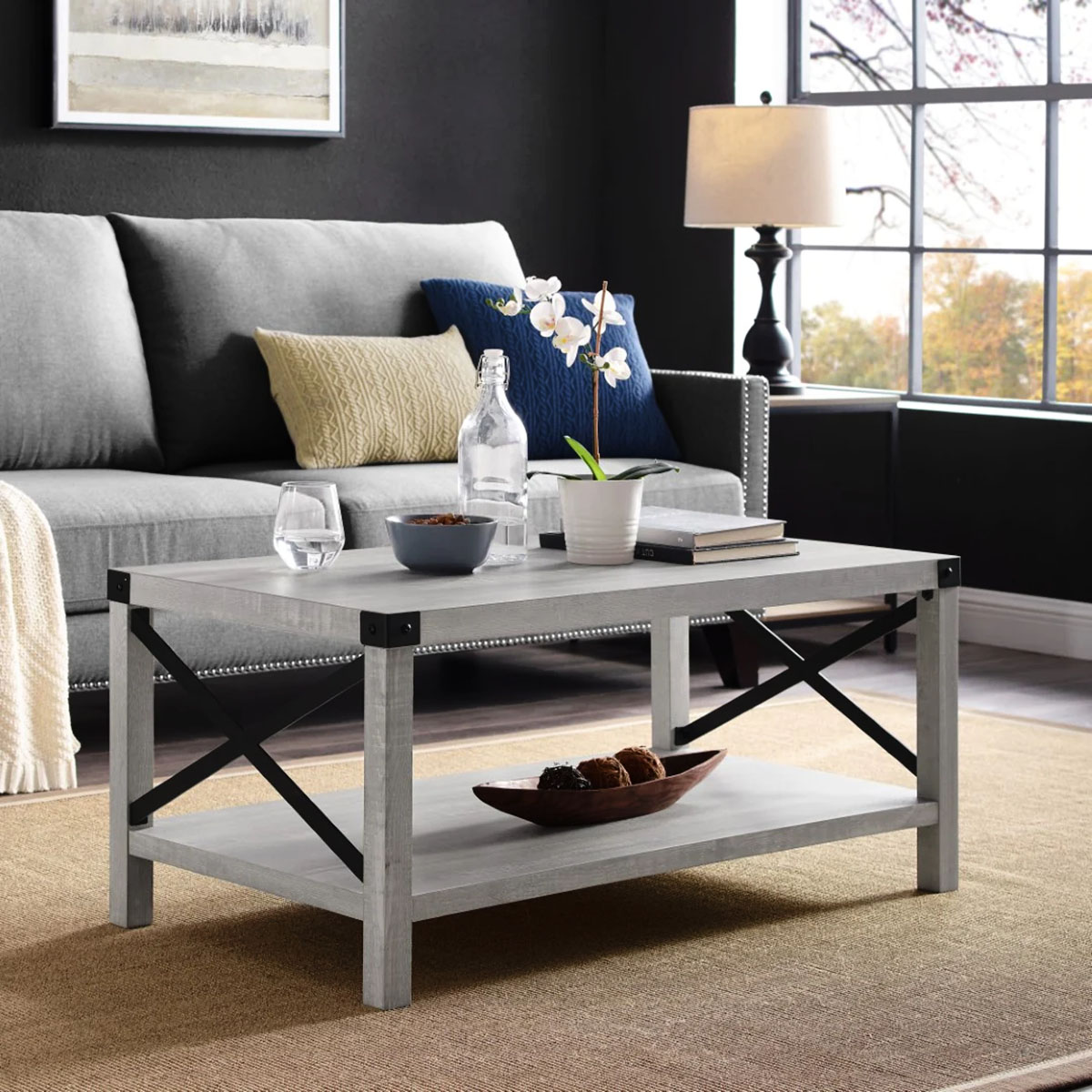
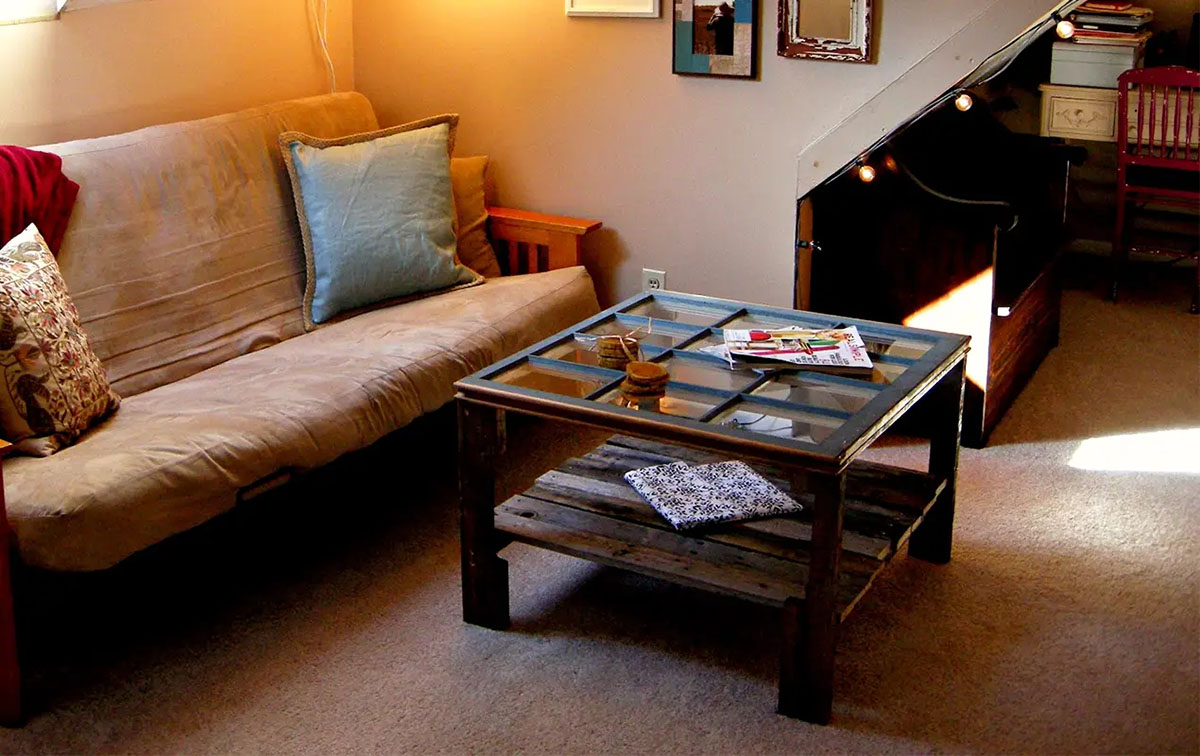
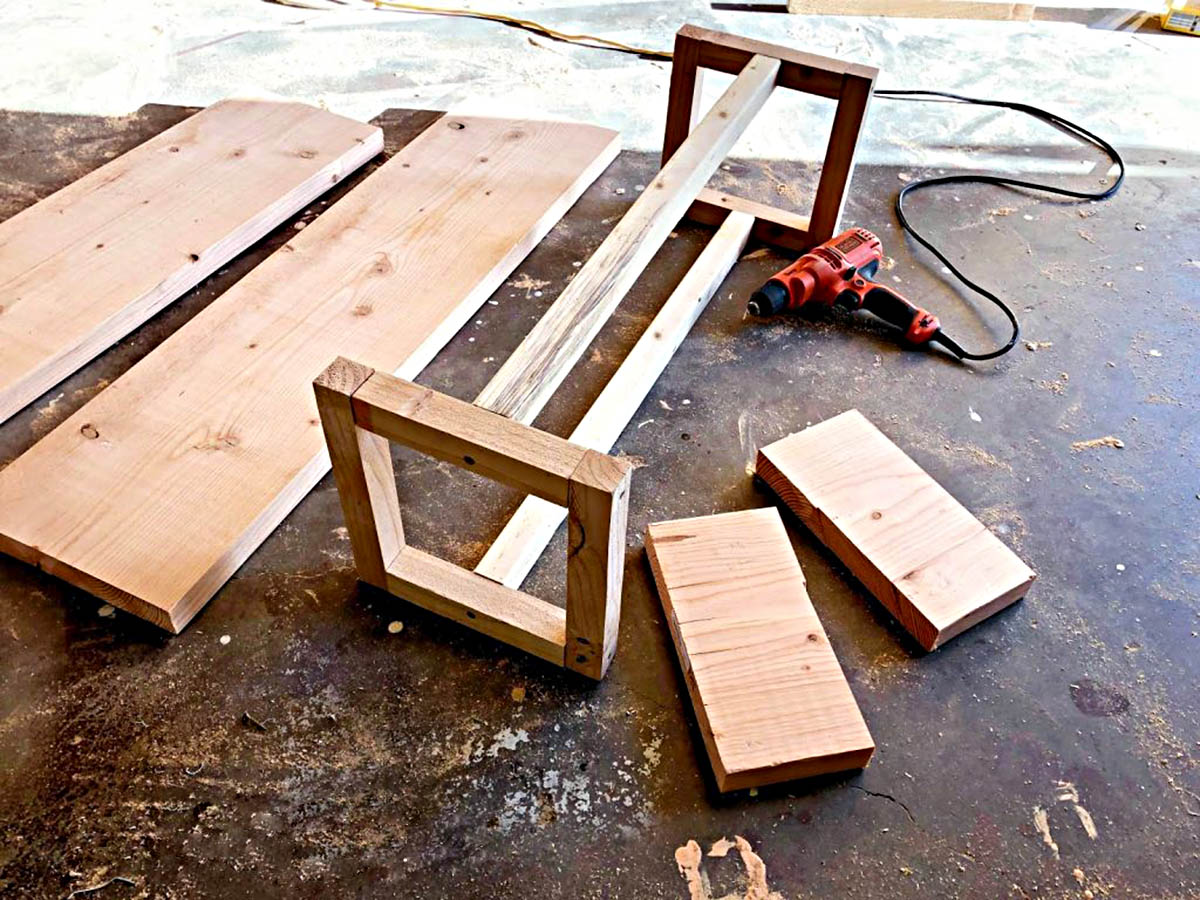

0 thoughts on “How To Choose A Coffee Table”